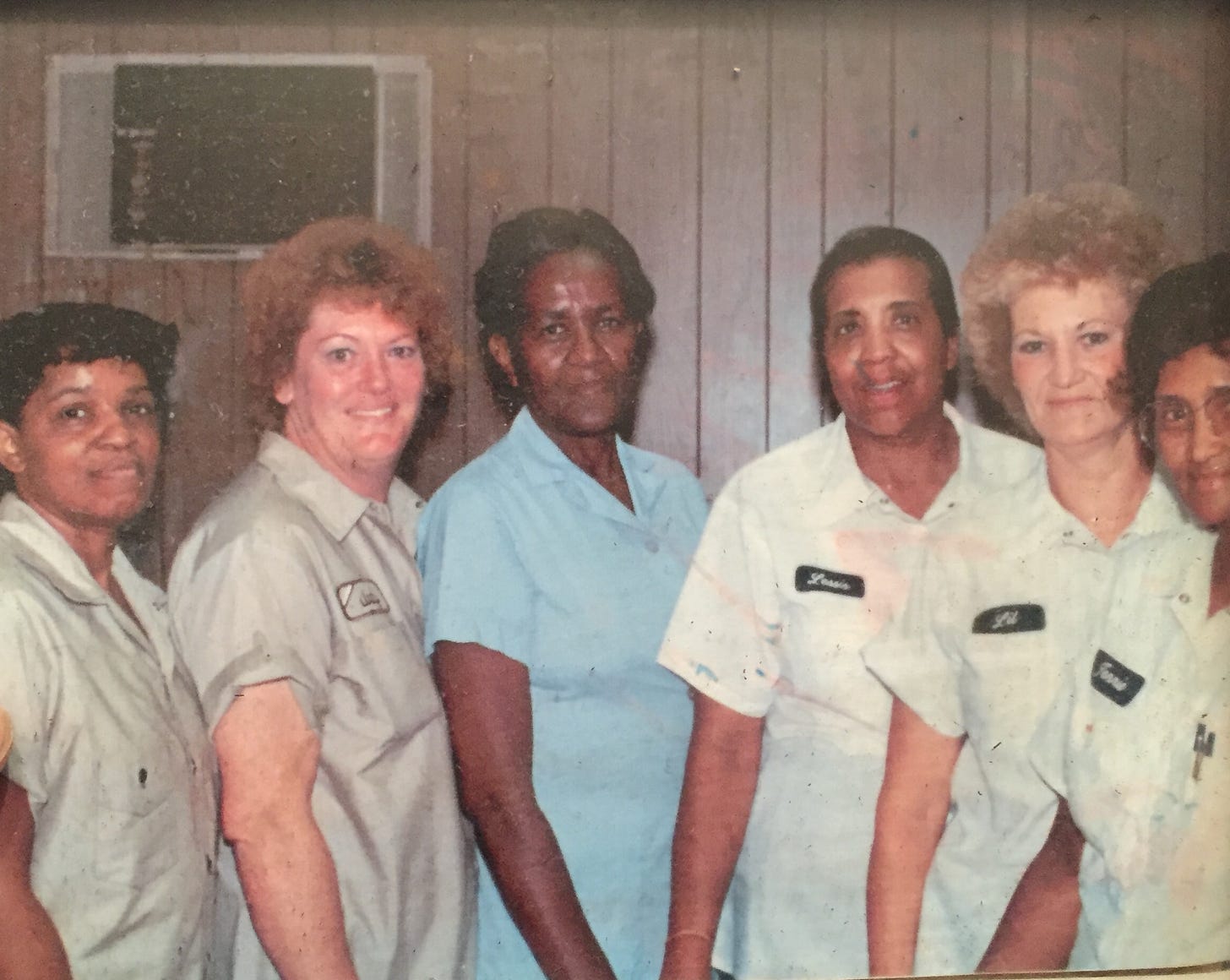What Can Black History Teach Americans about Inclusive Place-Based Economic and Workforce Development?
Increased public and private investment is essential to changing the economic trajectory of high-poverty regions across the nation and we also need large-scale and broad-based movements for change.
One of the most important lessons of Black history is the necessity of robust community and civic engagement to make the promise of inclusive innovation and economic development real for all citizens. While increased public and private investment is essential to changing the economic trajectory of high-poverty regions across the nation we also need large-scale and broad-based movements for change. This is as true in rural Wilcox County, Alabama as it is in East Palestine, Ohio.
The Great Migration was about Economics and Democracy
My grandparents fled the Jim Crow, segregated south, Alabama and Georgia, in the middle of the twentieth century for the industrial towns of Ohio in the midwest. In the case of one of my grandfathers, their departure was tragically hastened by racial terrorism and land theft. Known as the Great Migration, African-Americans moved in massive numbers to the industrial North and midwest, driven by a desire for economic opportunity and social and political rights that unjust laws denied them in the South.
To read more visit the original post here.



